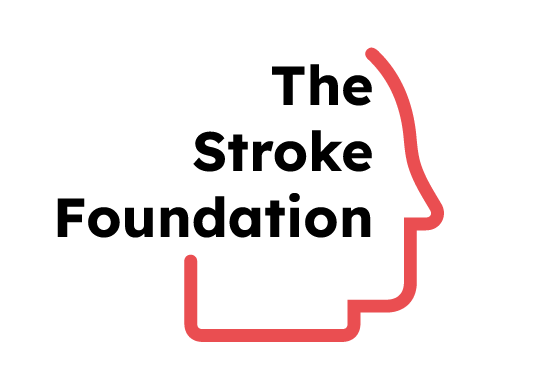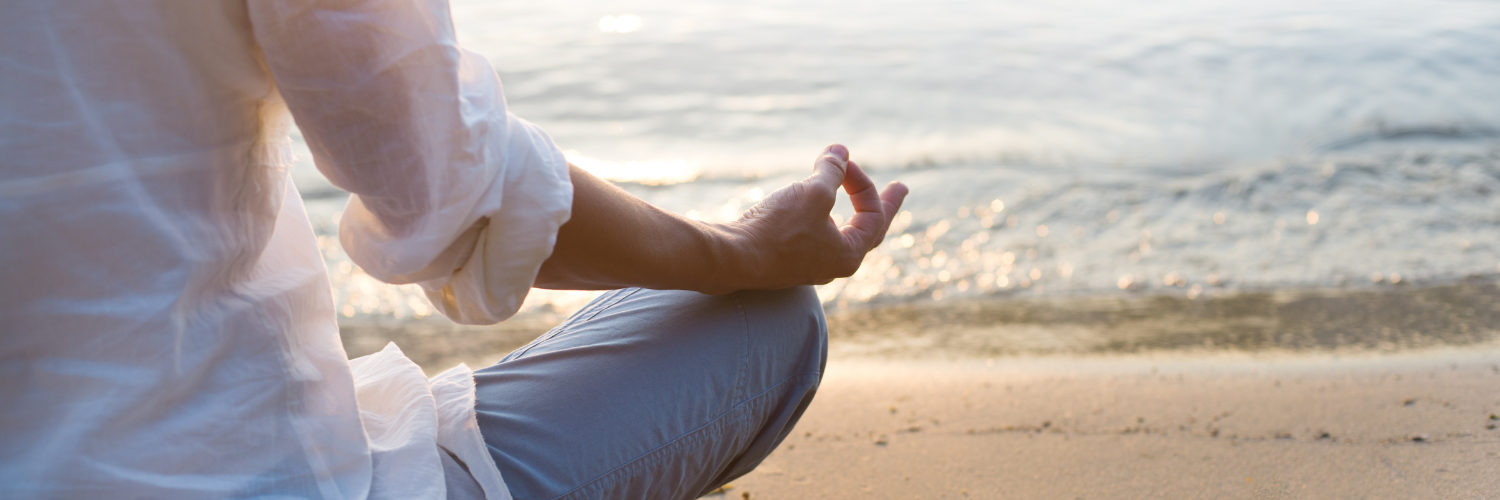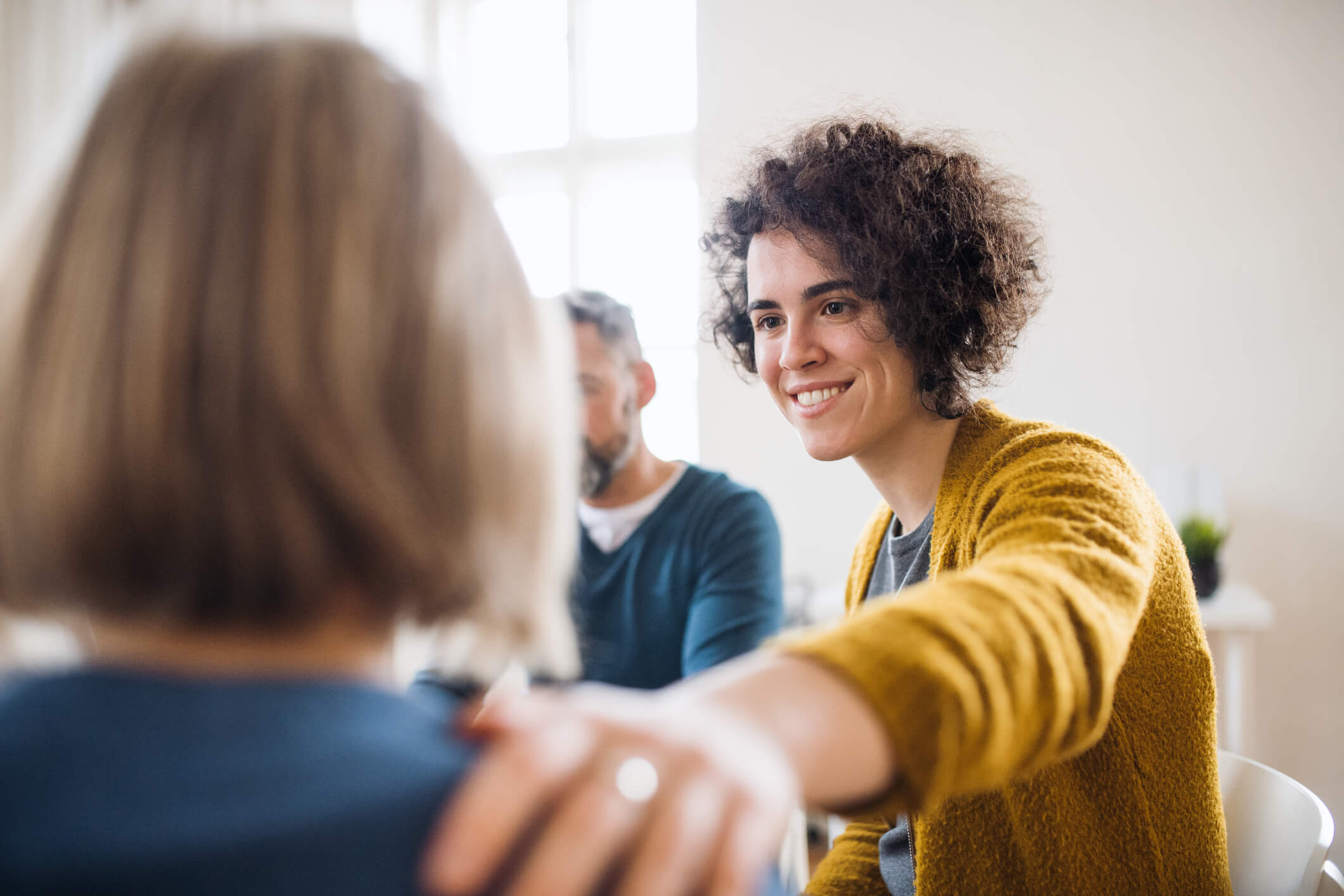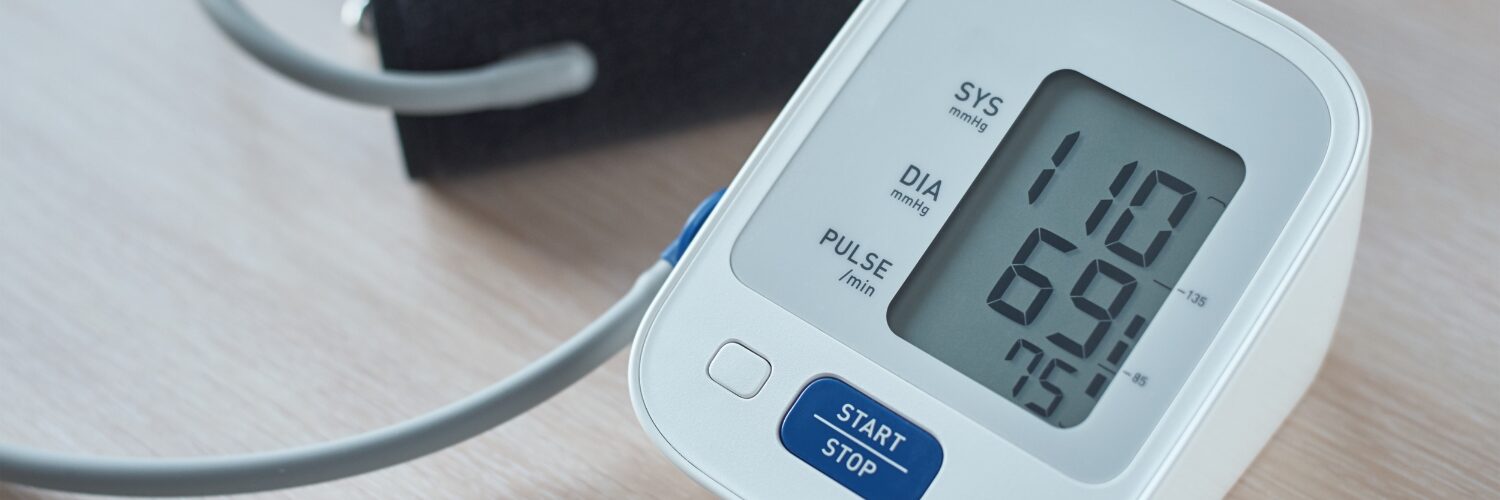The Brain-Changing Power of Meditation
Meditation isn’t just about relaxing—it actually reshapes your brain over time.
Daily meditation strengthens areas of the brain responsible for attention, emotional regulation, and mental flexibility. These regions include the cingulate cortex, which plays a major role in how we focus and respond to stress. When you meditate, you’re essentially training your brain to become more calm, more resilient, and more focused.
And the more consistently you practice, the more those benefits build.
For stroke survivors, this kind of mental training can be life-changing—especially when recovery feels mentally draining. Unlike physical rehab exercises that require constant effort and concentration, meditation gives your mind a chance to rest while still supporting your healing.
Meditation and Stroke Recovery: What the Research Says
A 2022 study explored the effects of mindfulness meditation on post-stroke spasticity, a condition where muscles tighten and restrict movement. Ten stroke survivors participated in a two-week trial where they listened to daily guided meditations.
The results?
- Significant improvements in elbow and wrist spasticity
- Reported boosts in energy levels, mood, and productivity
- Overall improvement in quality of life
While the sample size was small, the findings support what many survivors already know firsthand—mindfulness matters.
“But I Can’t Clear My Mind…”
You don’t have to.
One of the biggest myths about meditation is that you’re supposed to empty your mind completely. In reality, wandering thoughts are part of the process. Meditation isn’t about stopping your thoughts—it’s about noticing them and gently returning your focus to the breath, again and again.
Each time you do that, you’re strengthening your ability to focus, self-soothe, and stay present. That’s the real magic of meditation—and it’s a skill anyone can build.
Getting Started: Small Steps, Big Shifts
If you’re new to meditation, here’s how to begin without feeling overwhelmed:
1. Start small
You don’t need 30 minutes a day. Try 3 to 5 minutes, even just a few times a week. Consistency matters more than length.
2. Pair it with a daily habit
Choose a regular time—like right after breakfast or before bed—to build it into your routine. Associating it with something you already do helps form the habit more easily.
3. Set realistic expectations
Your mind will wander. You may feel distracted. That’s okay. Think of it like physical rehab—the more you practice, the easier it becomes.
4. Use guided tools
You don’t have to meditate alone. Guided meditations walk you through the process and make it easier to stay focused.
Tools We Recommend
Here are some excellent meditation apps designed for beginners and accessible to stroke survivors and caregivers:
- Balance – An app offering fully personalized guided meditations, including plans based on your current goals or how you feel that day
- Headspace – Offers easy-to-follow basics for stress, sleep, and mindfulness
- Calm – Known for its beautiful soundscapes, sleep stories, and anxiety support
- Simple Habit – Great for people short on time with sessions as short as 5 minutes
Each of these apps offers free trials, and many provide stroke-friendly options like seated meditations or plans designed for pain relief, anxiety, or focus.
Final Thoughts
Meditation is not a cure, but it can be a powerful companion on your journey through recovery. It offers something rare and needed—a moment of peace.
It’s a chance to pause, breathe, and come back to yourself—even when everything around you feels uncertain.
You don’t need to be perfect. You just need to begin.


%20(2)%20(1).png)



